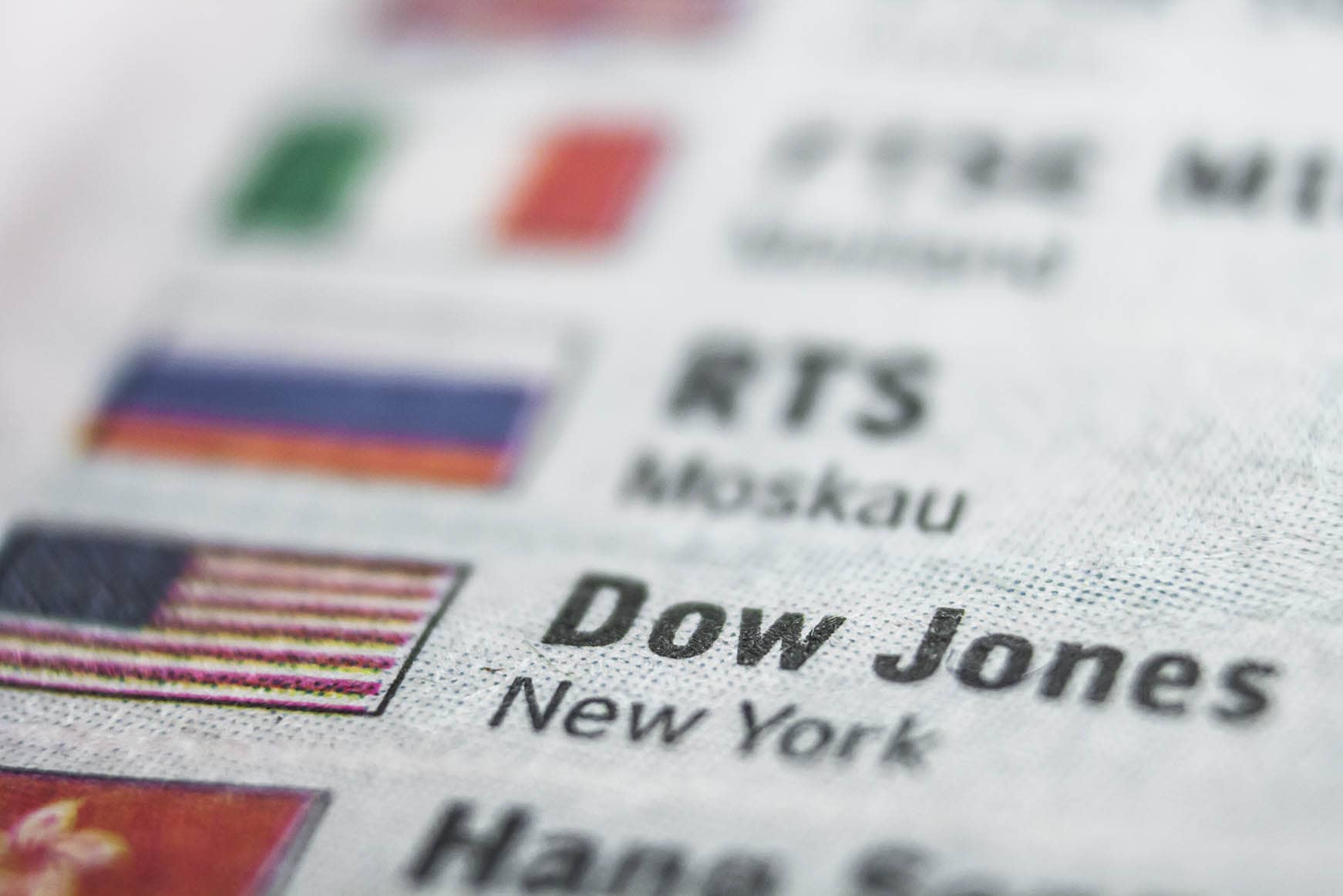Pound Sterling Suffers as Stocks Endure a "Mini Crash"

Image © Adobe Images
- GBP/EUR spot: 1.1174 | GBP/USD spot: 1.3178
- GBP/EUR bank rates: 1.0960 | GBP/USD bank rates: 1.2909
- GBP/EUR specialist rates: 1.1070 | GBP/USD specialist rates: 1.3060
- Learn more about market beating exchange rates, here
The British Pound's correlation with global stock markets meant it was on course to end the week in the red against the Euro, U.S. Dollar and other major currencies amidst a rout in investor sentiment.
Global stock markets fell sharply - lead by the tech-heavy NASDAQ 100 - as investors capitulated in the wake of the U.S. jobs report.
We wrote on Friday morning that how the Pound ends the week would ultimately depend on how equity markets behaved as the Pound has a high 'beta' (best described as a positive correlation to the S&P 500 index), meaning the sell-off in U.S. stocks was met with a sell-off in the UK currency.
"Thursday’s mini-crash left the door open for more selling, and investors have rushed through it today in a hurry to take profits before more downside arrives. If there is to be a crash then the end of the first week in September, following non-farms and ahead of a long weekend in the U.S., is probably the perfect time to do it," says Chris Beauchamp, Chief Market Analyst at IG.
At the time of writing the S&P 500 is down 1.3%, the Dow Jones is down half a percent, the NASDAQ 100 is down 3% and the FTSE 100 is down 0.20% with investors apparently looking to take money off the table ahead of the long weekend in the U.S.
"Nasdaq not caring about the better US unemployment rate for August, down another 3% as it works off more speculative excess. Risk currencies AUD, CAD and GBP extending losses as a result," says Erik Bregar, Head of FX Strateg at Exchange Bank of Canada in Toronto.
The Pound-to-Dollar exchange rate is down half a percent at 1.3199, the Pound-to-Euro exchange rate is down 0.14% at 1.1184, the Pound-to-Australian Dollar exchange rate is down a quarter of a percent at 1.8238.
The U.S. jobs report proved to be a mixed bag, with the headline non-farm payrolls missing market expectations, but the unemployment rate unexpectedly dropped. Therefore, the data itself is not an obvious explanation for the sell-off.
However, one clue to how the market is behaving could lie in a comment made by Ian Shepherdson, Chief Economist at Pantheon Macroeconomics in New York following the data's release: "The need for a further stimulus package remains acute."
The market recovery from the March lows has been built on significant stimulus packages from the U.S. Federal Reserve and U.S. Treasury and based on Shepherdson's reading further support will be needed if markets are to justify their current valuations.
Stock markets, and by extension the Pound, will therefore be looking for signs of support from the Fed and U.S. President Donald Trump next week.
Why Does the Pound React to Stock Markets?
The Pound's linkage with stocks appears to have something to do with the UK's current account deficit which has resulted from the country importing more than it exports.
Because of this deficit on its international account, the Pound's valuation relies on the inflow of foreign investor capital that essentially 'balance's the books' with the rest of the world.
When investors are fearful - as is arguably the case on September 04 - investors opt to return to cash, which creates demand for the U.S. Dollar. There also appears to be a flow out of UK assets which weights on the Pound. This dynamic was most obvious in March when the currency fell to multi-year lows against both the Euro and U.S. Dollar in response to the covid-inspired financial market meltdown.
This also explains why analysts expect a softer Pound in the event of a disruptive Brexit: investors will be less willing to invest in the UK if it becomes a less attractive destination, thereby depriving the Pound of supportive inflows.




